Blog
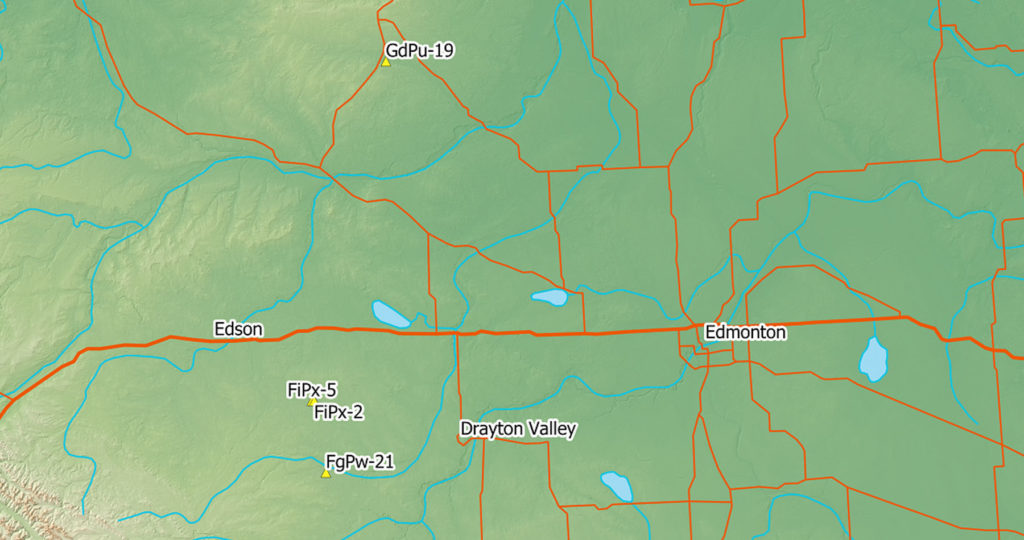
October 1, 2020
Top 10 Sites of 2019!
We are heading into the fall of 2020 and the season crunch is in full swing! We have been pretty busy, despite the challenges of COVID-19, and have found quite a few new and exciting sites. This makes us recall the sites of 2019! It was hard to make time to write up what we
Keep Reading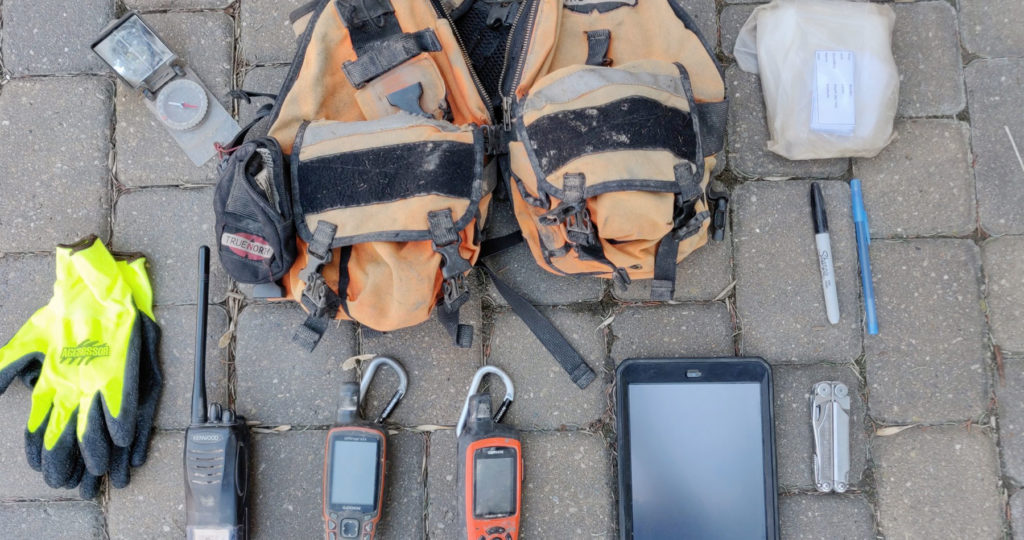
June 4, 2020
What’s in Your Bag?
Gear choice can have a big effect on your comfort level and efficiency while working in the forest. New workers, may have never been in the field and may not know what you really need to take for a full 12 hour day in the boreal forest. We expect to spend the entire day away
Keep Reading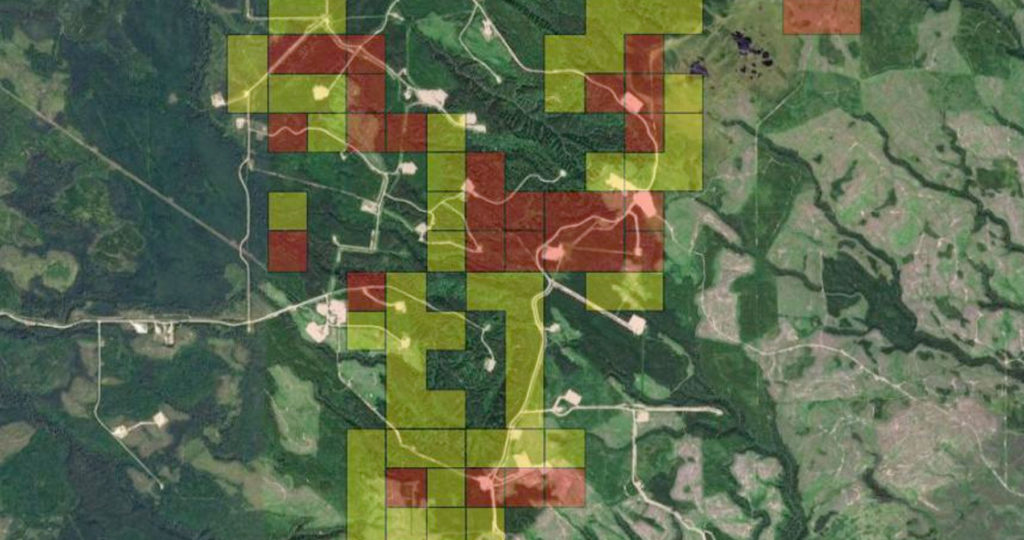
April 28, 2020
What Projects Need HRA Approval, or “Clearance”?
As Consulting Archaeologists, most of our work supports “regulatory compliance”. We help developers get government approval by assessing and mitigating potential impacts to historic resource sites. I’m frequently asked by developers whether a specific project requires Historical Resource Act Approval (or “Clearance”, as it was known before 2012). This isn’t as easy a question as one
Keep Reading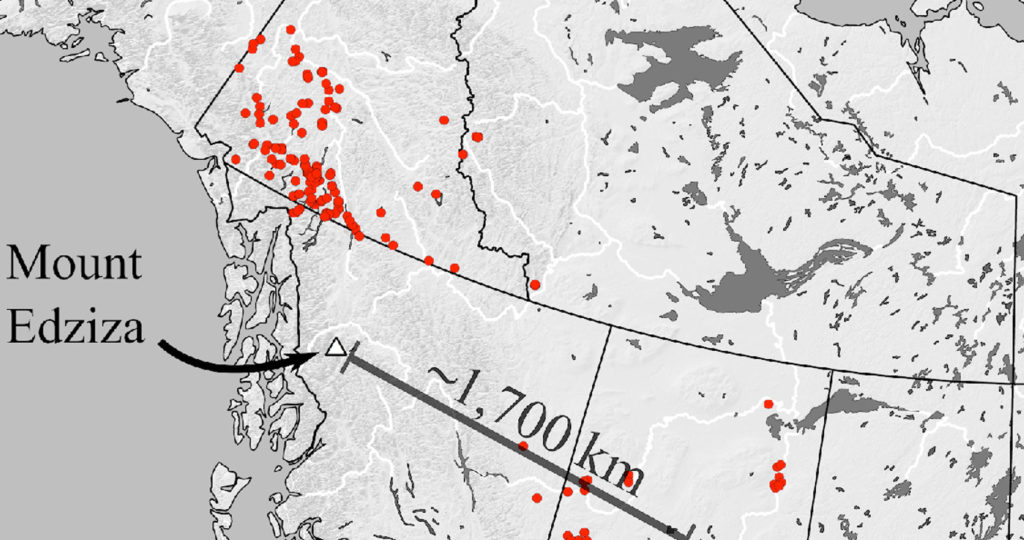
April 15, 2020
No volcanoes in Alberta, so where does the Obsidian come from?
When working close to an obsidian source (i.e. volcanoes), archaeologist will regularely find obsidian tools and debitage. However, in the boreal forests of northern Alberta, obsidian is a rare find indeed. So to find any evidence of it at all is pretty significant. Volcanic glass, or obsidian, is one of the sharpest naturally occurring materials
Keep Reading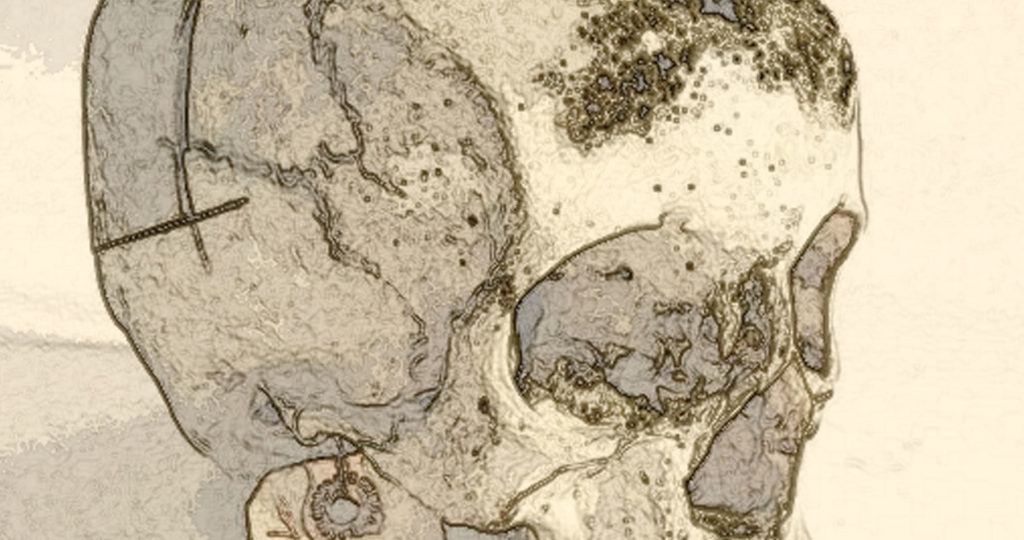
April 8, 2020
Infectious Diseases in the Archaeological Record
COVID-19 has now been designated a global pandemic and continues to spread throughout the world. Not getting infected with this potentially lethal virus is at the forefront of many peoples minds, and the very real possibility of extended quarantine has led to shortages of items such as toilet paper, disinfectant and non-perishable food. While this
Keep Reading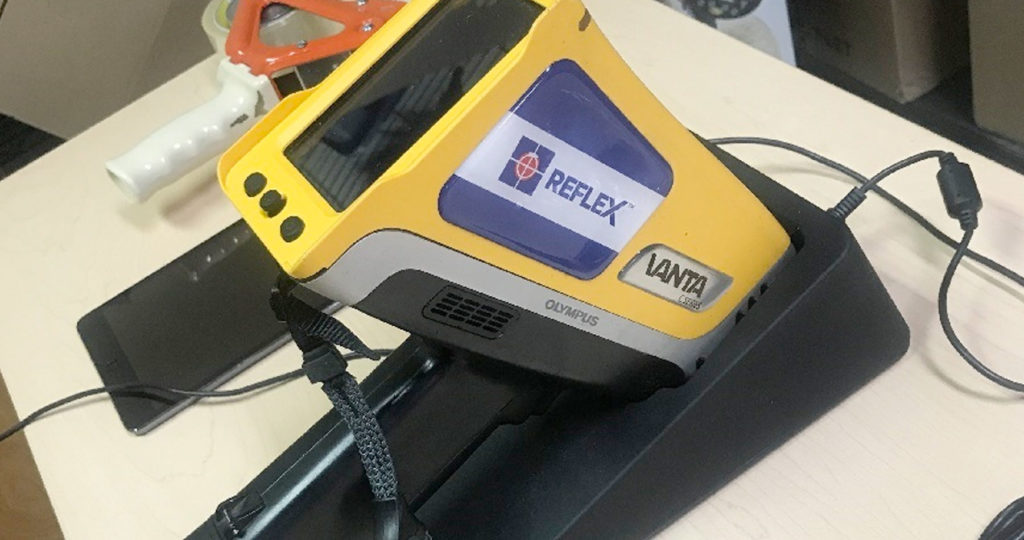
March 19, 2020
Sourcing with pXRF (portable X-Ray Fluorescence)
“Sourcing” is the study of associating artifacts with their geologic origin in order to infer human transport of materials. This field of research has revealed networks of trade and exchange among indigenous peoples in pre-contact times. But how do researchers figure out the actual source? One method is with Portable X-Ray Fluorescence (pXRF) analysis. These
Keep Reading
March 6, 2020
Harriet Boyd Hawes
To celebrate International Women’s Week, I present Harriet Boyd Hawes (1871 to 1945), a pioneer in the field of classical Greek archaeology. Her anthropological approach to fieldwork and the understanding of past lives were well ahead of the times and helped the discipline move away from arm-chair studies focused on high status artifacts and museum
Keep Reading
January 30, 2020
Gear Guide – Knives
If you take a survival coarse, read outdoor living manuals like Northern Bush-craft, or talk to people who spend a great deal of time in the wilderness, one of the first items they suggest always having is a good knife. A good bush knife can be the difference between life and death in a survival
Keep Reading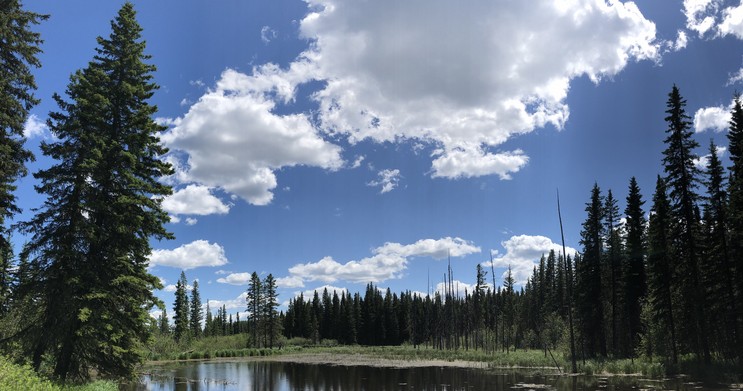
July 12, 2019
Edible Plant Series – Wild Mint
For this installment of the Edible Plant Series we will showcase wild mint. Mentha arvensis is a fairly common flowering plant that is found all over the world. It likes to grow in low-lying poorly drained areas, and will commonly be found along creeks and rivers, or in grassy areas bordering muskegs. It can be
Keep Reading
June 12, 2019
Edible Plants Series – Wild Berries Part 1
If you follow our blog, or have read any of the other installments of the Edible Plant Series, you will notice some repetition in the following cautionary note. Do not eat any wild plants that you can not identify with 100% certainty! Berries are generally safer than plants like mushrooms, since most edible berries do
Keep Reading